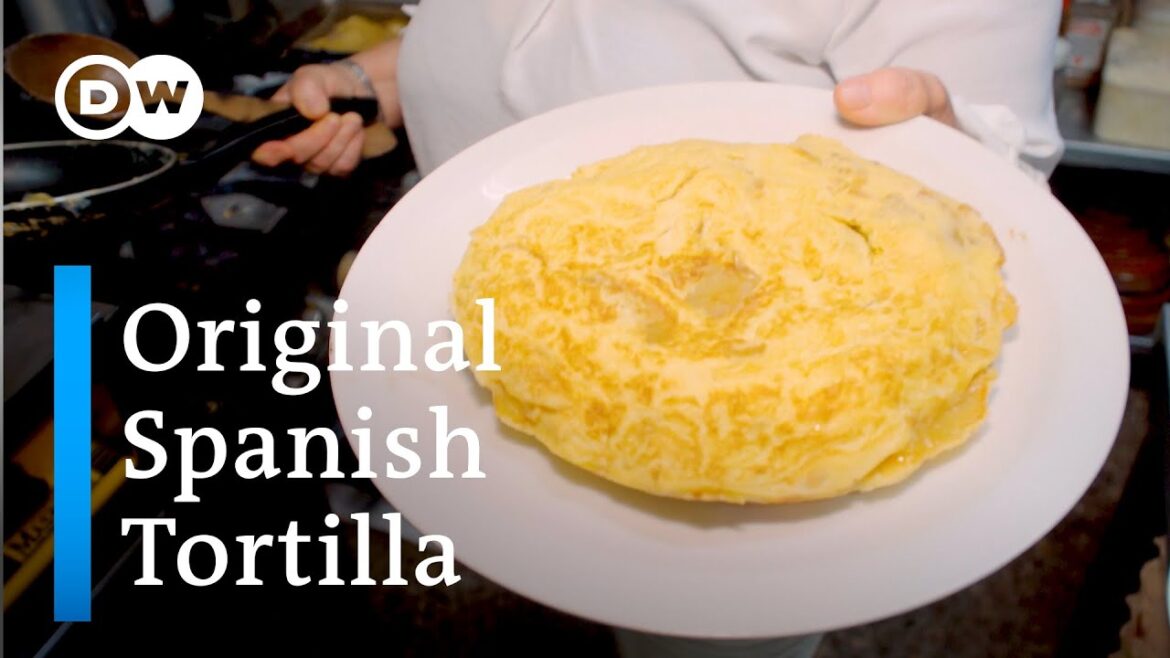Public Facts About Spanish Tortilla
Spanish omelette or Spanish Tortilla is a Traditional Dish from Spain. Celebrated as a national dish by Spaniards, it is an essential part of the Spanish cuisine. It is an omelette made with eggs and potatoes, optionally including onion. It is often served at room temperature as a Tapa. It is commonly known in Spanish-speaking countries as tortilla de Patatas, Tortilla de Papas, or Tortilla Española.
In Spain, they’re eaten for breakfast, lunch and dinner – the Spanish Tortilla. Children and grown-ups alike love them. And they are on every menu. Close to 35,000 tons of ready-made tortillas are eaten every year. In Barcelona, we visited a traditional Truiteria – which is Catalan for Tortilleria – to find out the secrets behind this dish.
– DW Food
Historical Background
- The first reference to the tortilla in Spanish is found in a Navarrese document, as an anonymous “Mousehole’s memorial” addressed to the Navarra region’s court in 1817. It explains the sparse conditions of Navarre’s farmers in contrast with those in Pamplona (the capital) and la Ribera (in southern Navarre). After listing the sparse food eaten by highlanders, the next quote follows: “two to three eggs in tortilla for 5 or 6 [people] as our women do know how to make it big and thick with fewer eggs, mixing potatoes, breadcrumbs or whatever.”
- According to legend, during the siege of Bilbao, Carlist general Tomás de Zumalacárregui invented the “tortilla de patatas” as an easy, fast and nutritious dish to satisfy the scarcities of the Carlist army. Although it remains unknown whether this is true, it appears the tortilla started to spread during the early Carlist Wars.
- Another tale is that the recipe was learnt by Spanish prisoners captured after the Battle of Montes Claros during the Portuguese Restoration War in 1665. After the Portuguese victory, more than 6,000 Spanish soldiers were kept in captivity for 3 years until the 1668 Treaty of Lisbon was signed. Upon their release, these prisoners brought part of the culture of Alentejo to Spain, including many recipes, which featured a potato egg pie that evolved into the modern version of “tortilla”.


